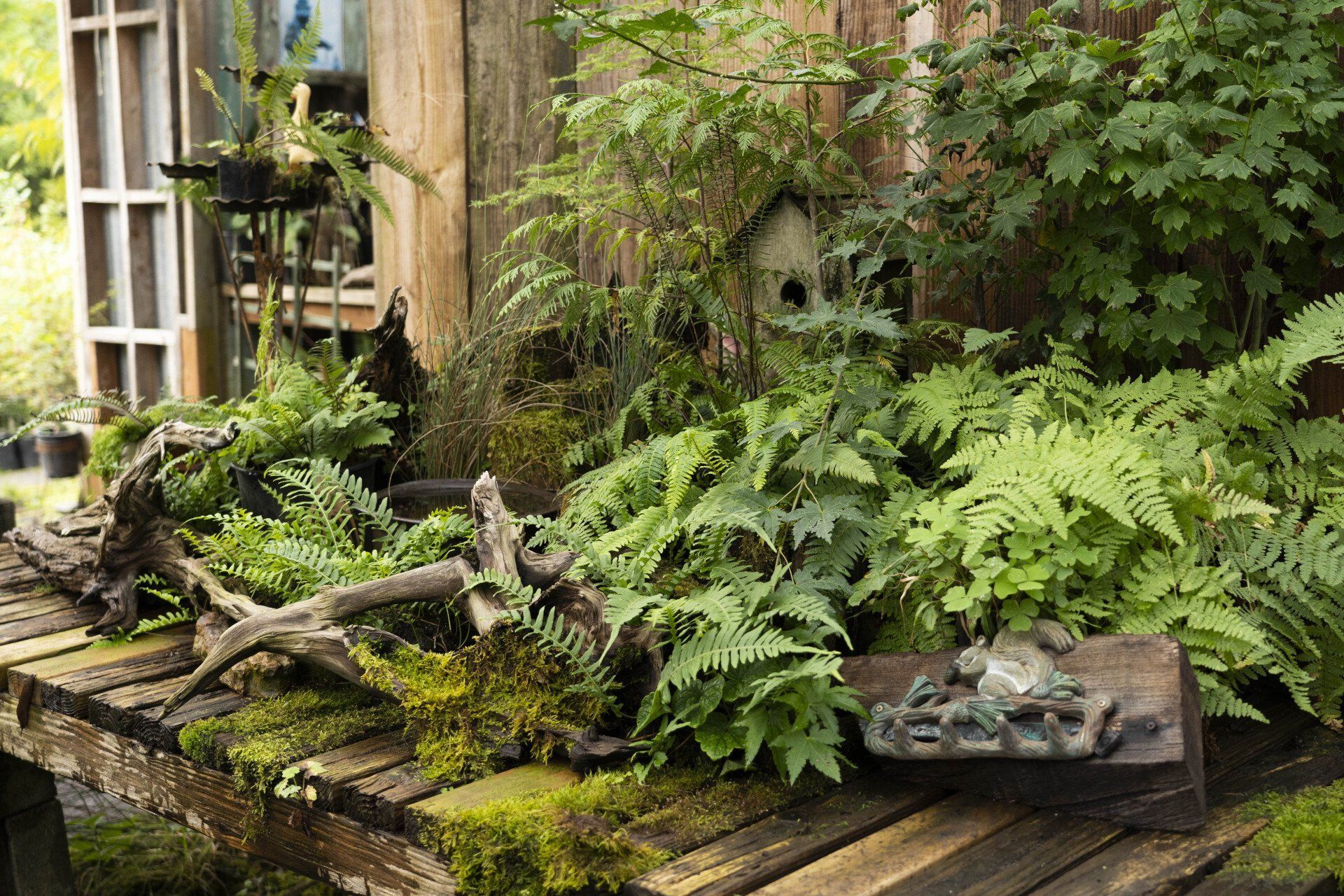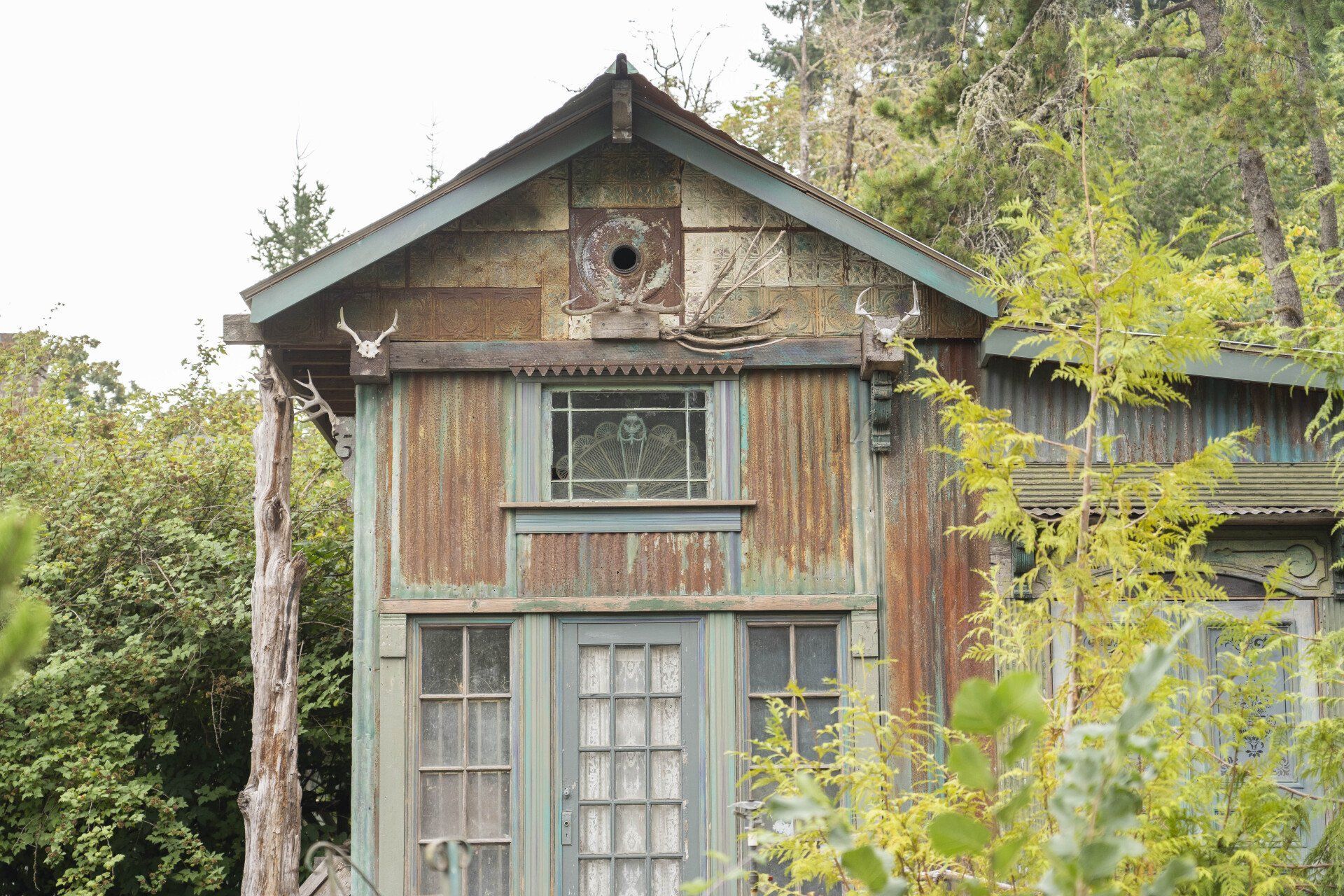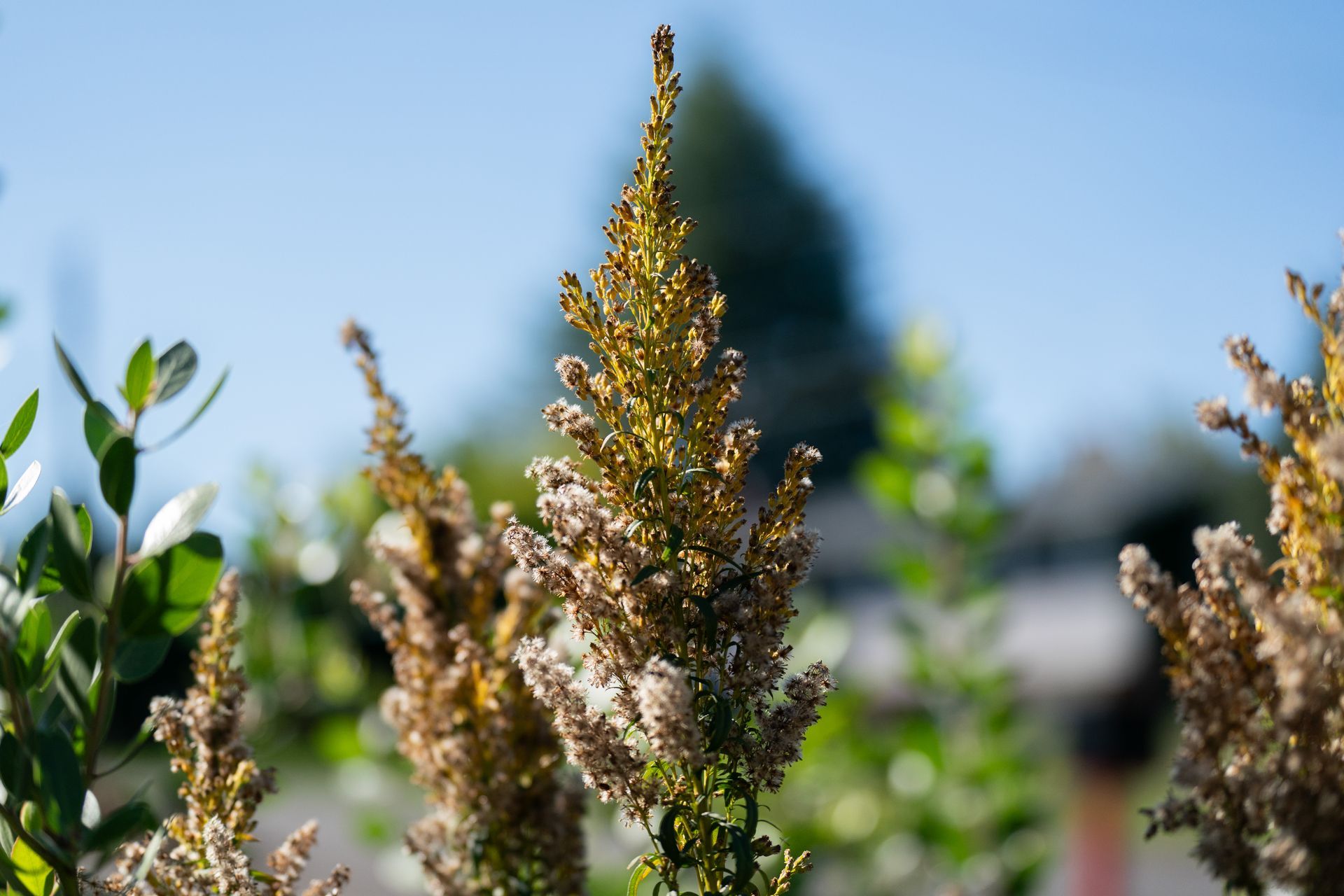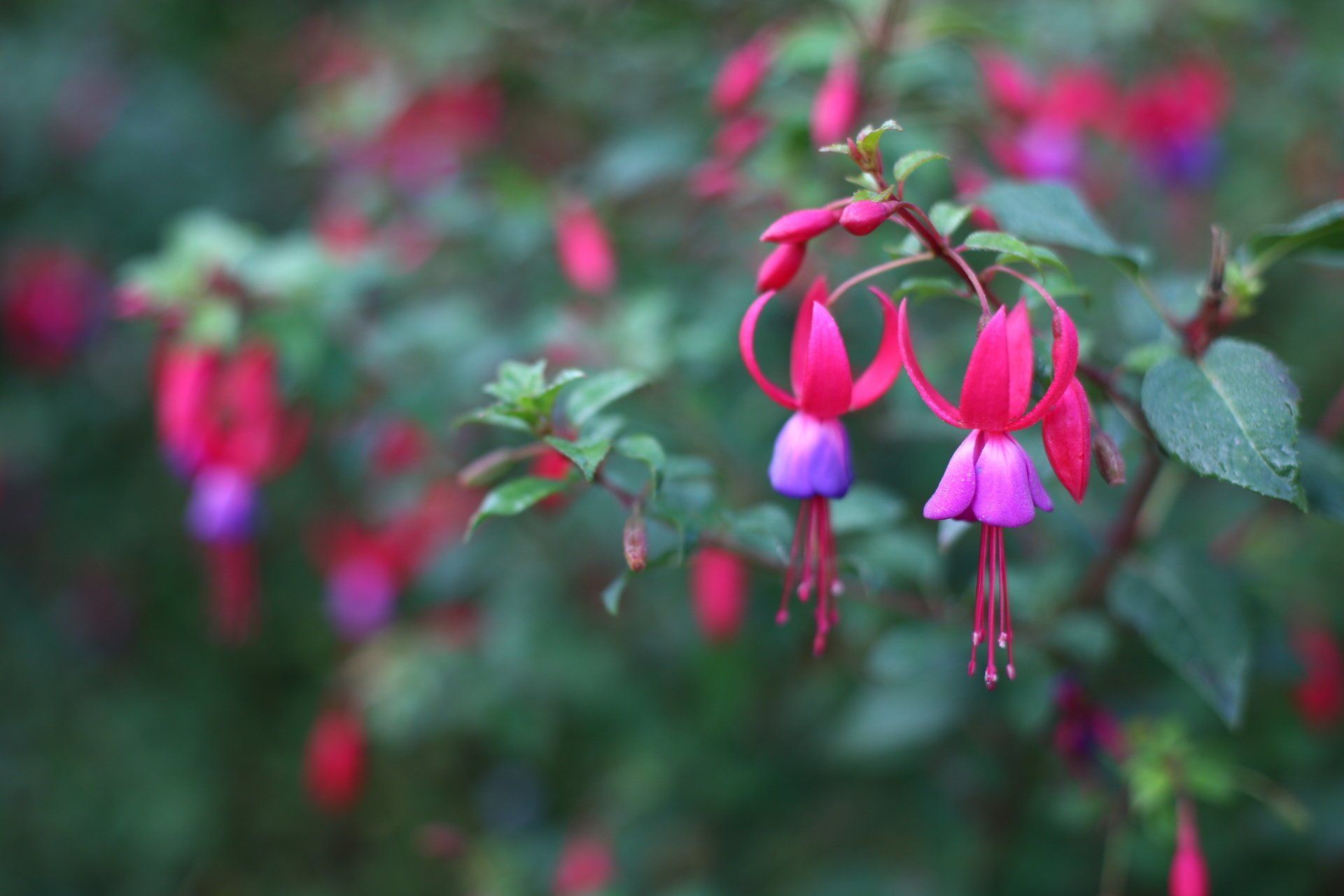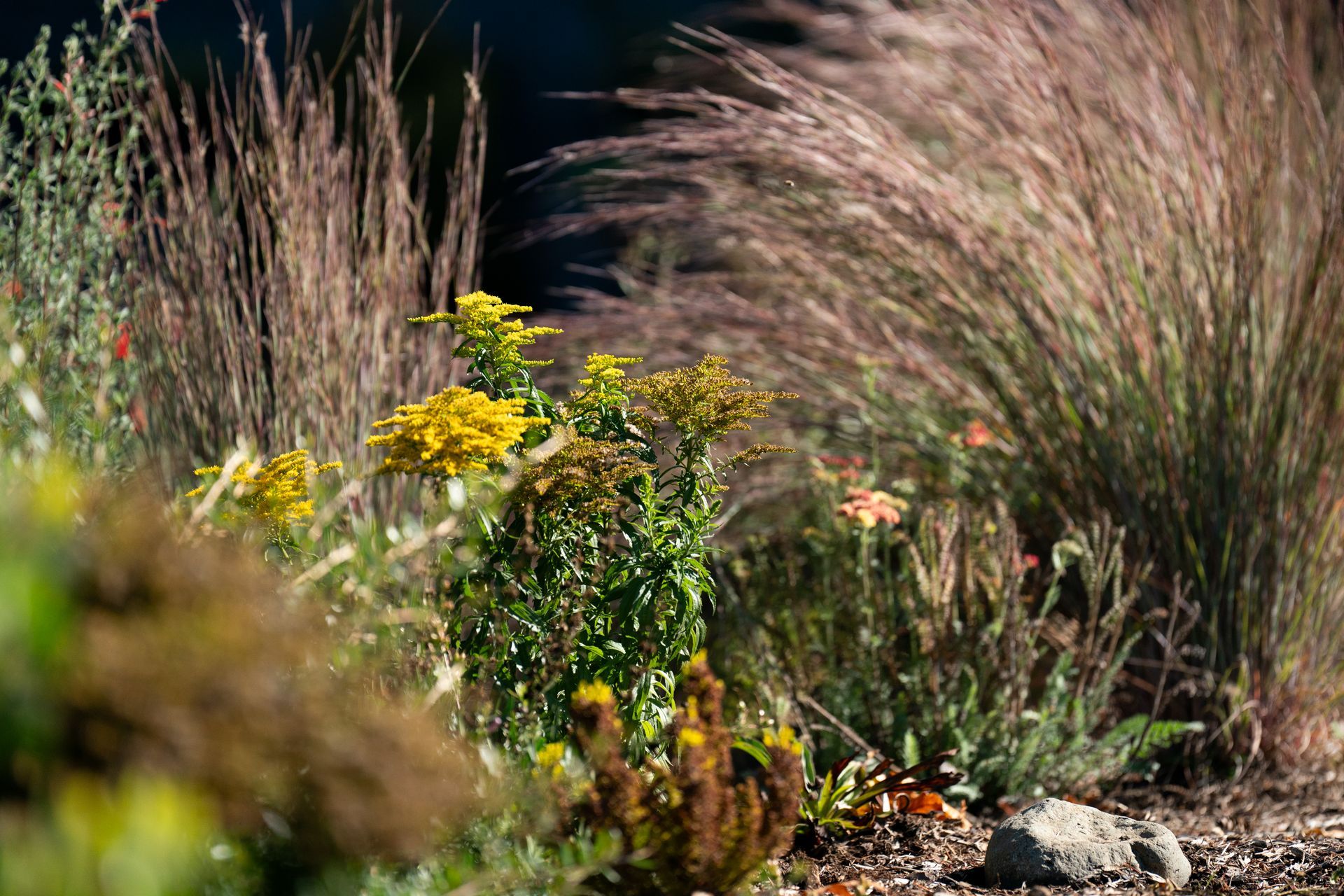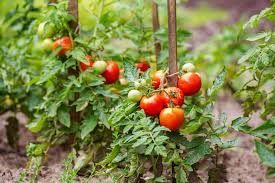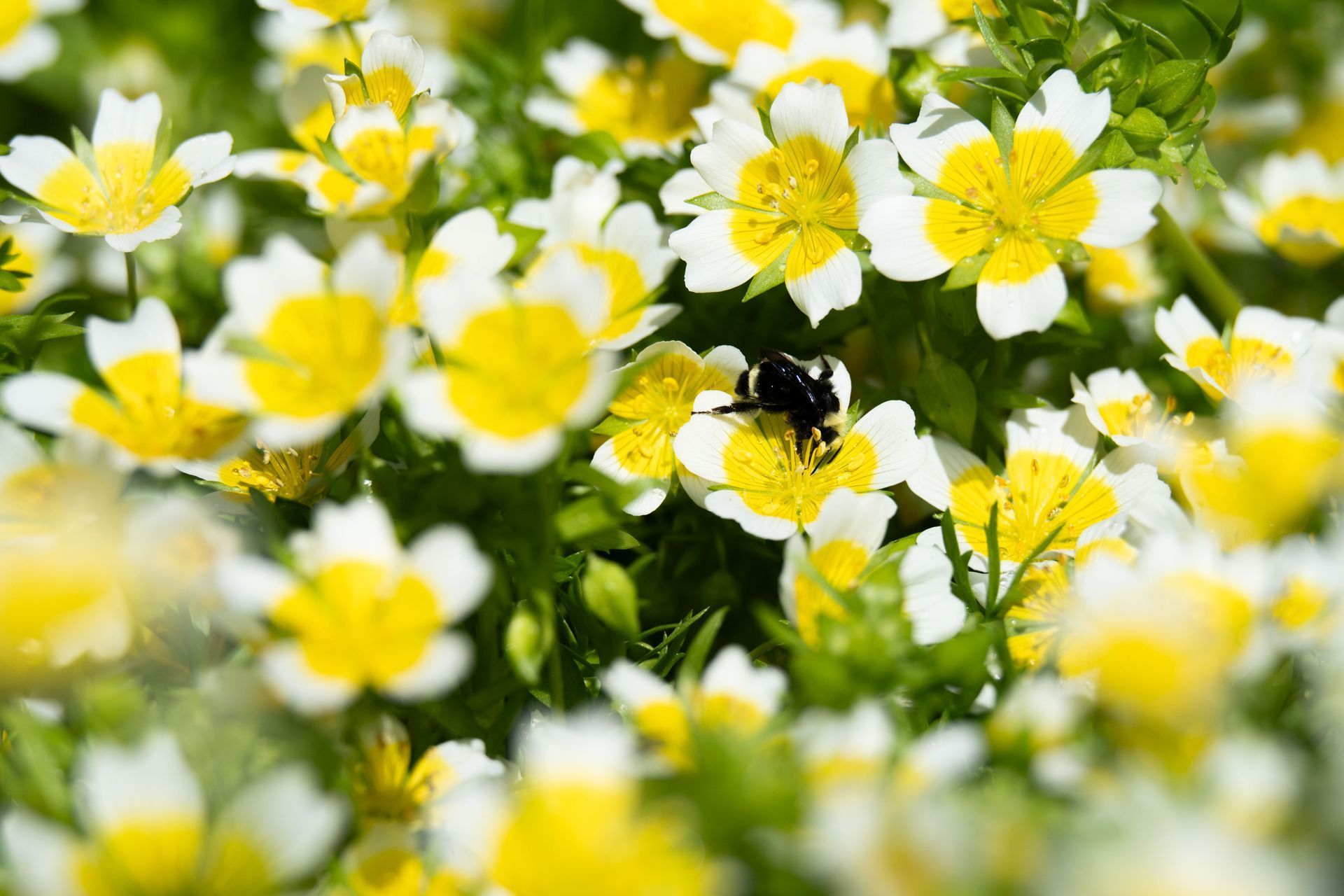Bosky Dell Natives
Dale and Bek's Excellent Adventure Series
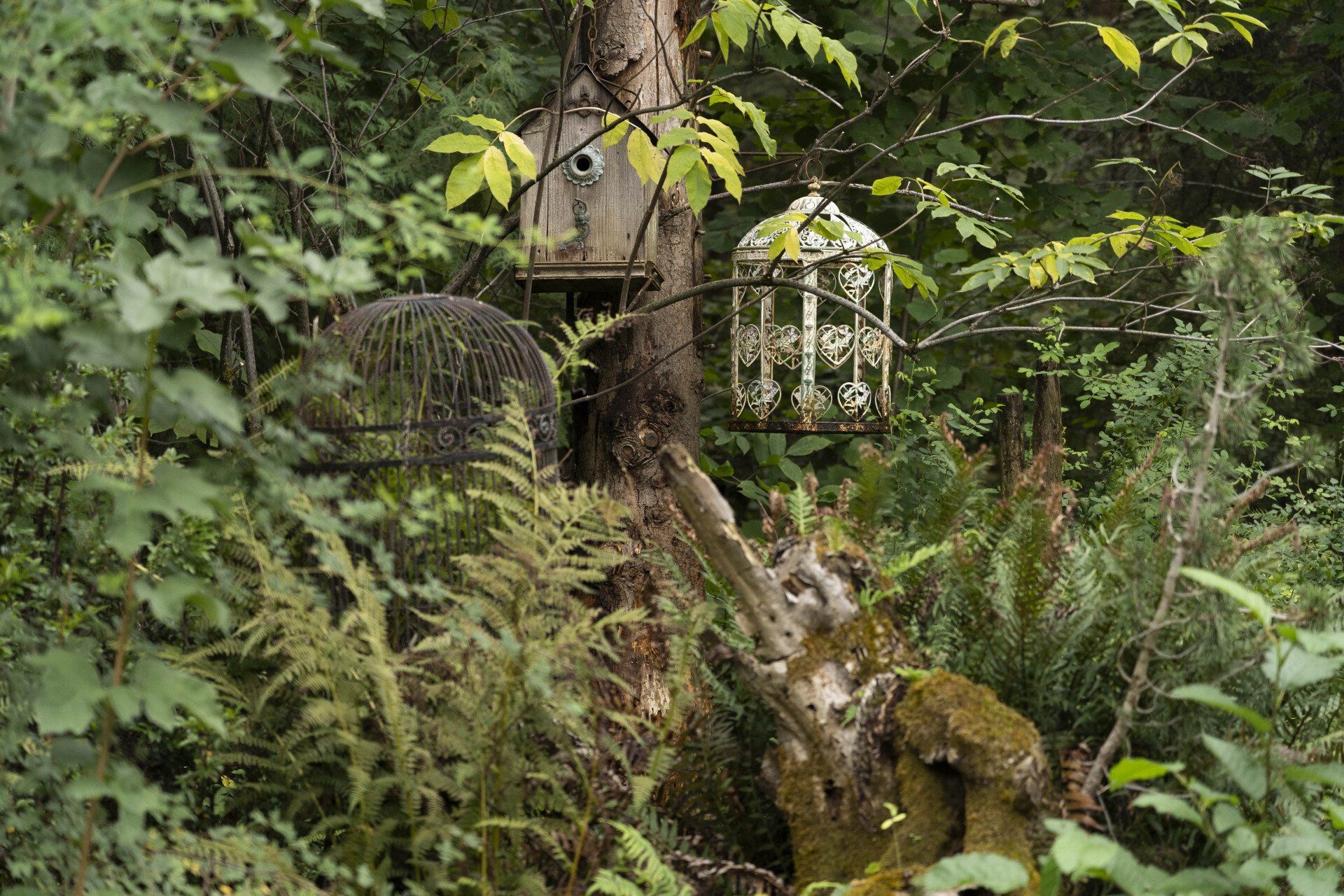
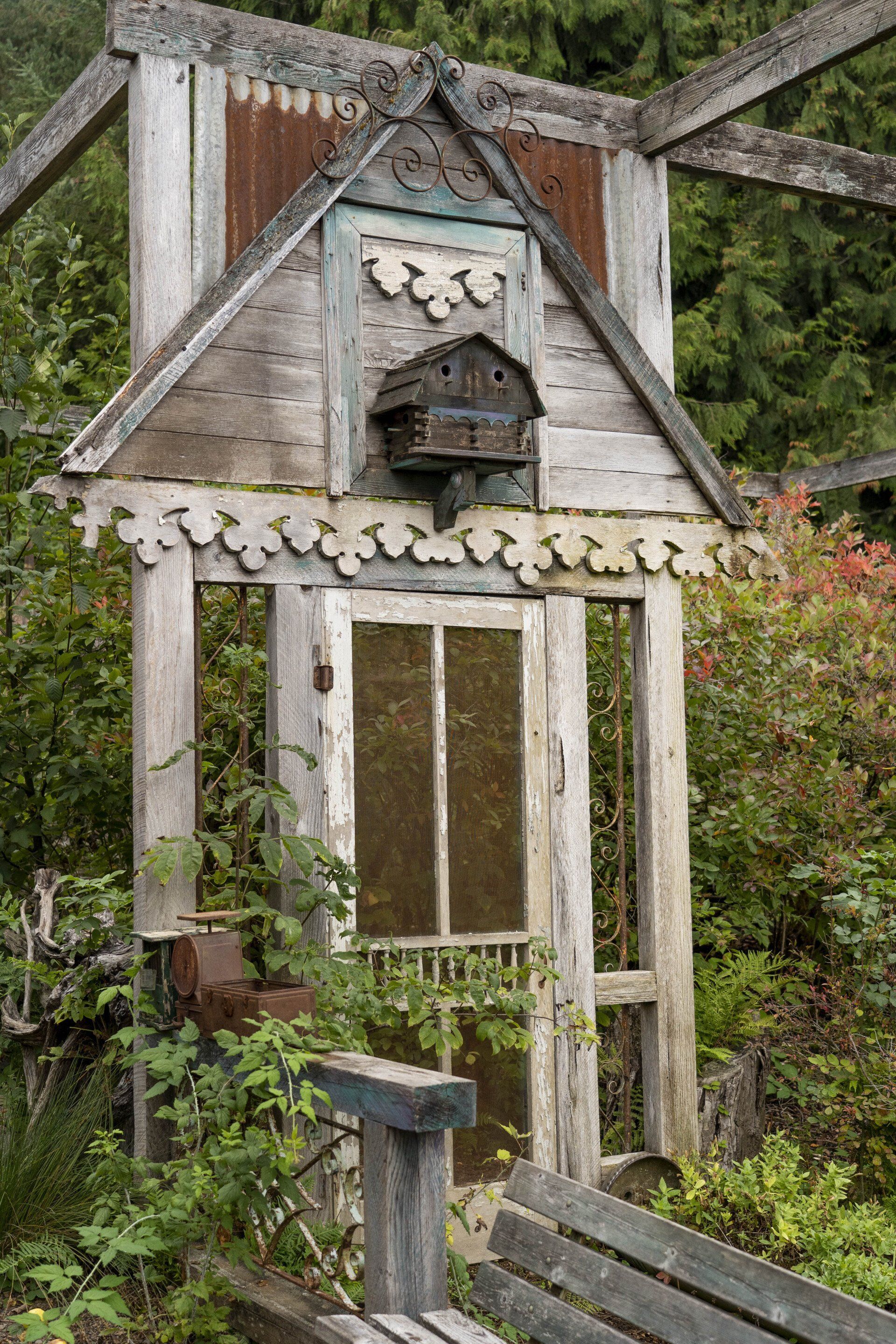
Wandering through the garden left us feeling inspired. Imagine having a small garden where you turn a corner and open a door that leads to another garden room, a sitting area that almost feels like a secret.
Yes, there were aspects of this garden that felt magical!
What is Bosky Dell Natives?
Bosky Dell was created in the hopes to inspire other gardeners to become good stewards of the earth and our native ecosystems, from flora to fauna. They sell over 300 species of native plants, many that are hard to find.
There is a lovely Oregonian article by the Pecks that was published last year about the nursery, how it started and the inspiration behind it.
Here is a link. Give it a read, it’s really good!
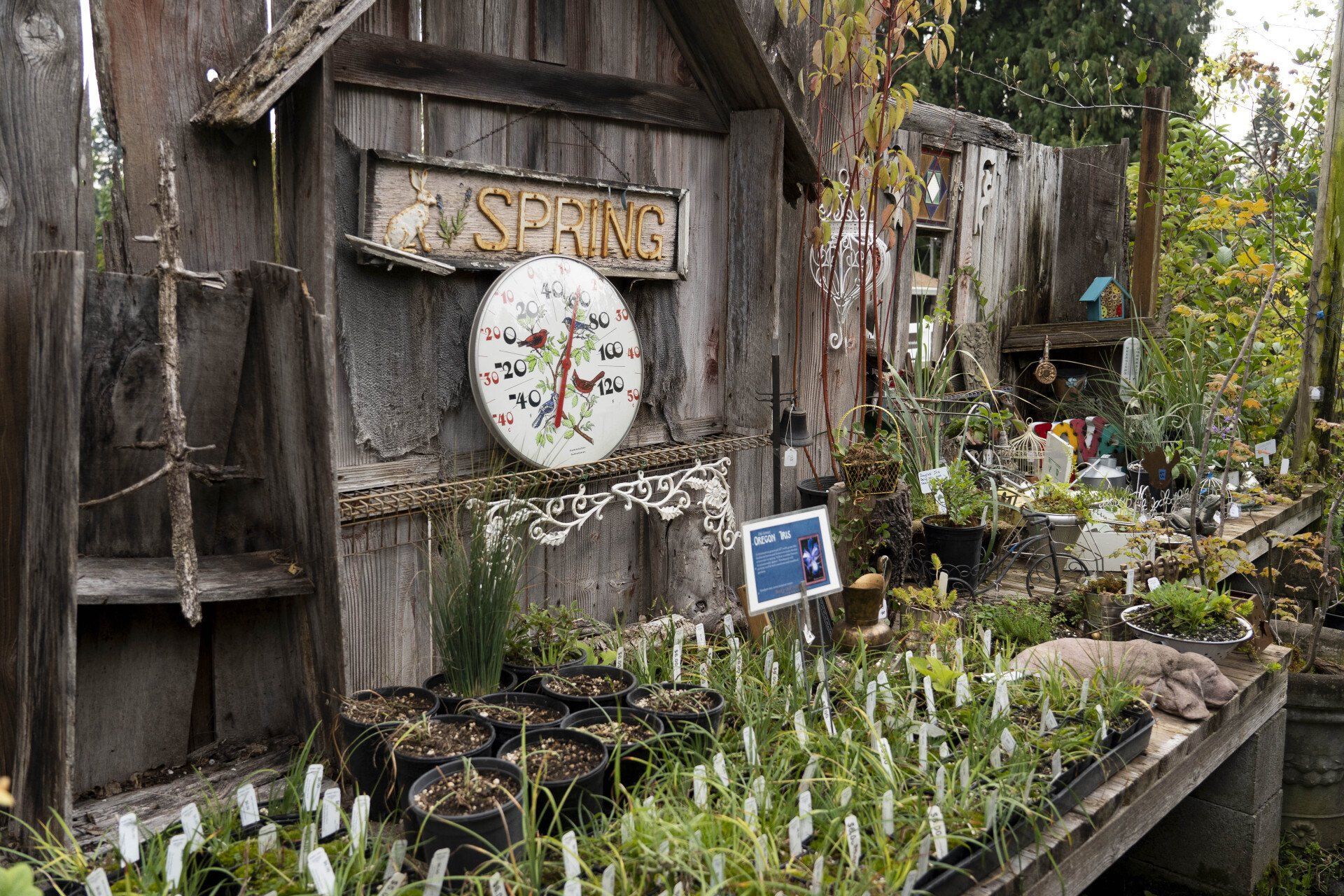
We keep referencing native plants, and you might ask yourself, what exactly is a native plant?
- A native plant is one that is naturally occurring in a location/region without human introduction. You can narrow or broaden your range. For example, west coast native plants are plants native to the west coast. You can pick plants native to more specific regions such as the Willamette Valley or the Oregon coast.
- Native plants are already adapted to our climate and, if sited well, need less input from the gardener.
- Native plants have been found to be more beneficial to wildlife, there are many species of insects that rely heavily on native plants. Our native birds rely heavily on grubs and caterpillars; some of these insects are very host plant specific, meaning their survival depends on having those specific plants to live on. Without these native plants, our insect populations decline and the stress continues up the chain.
In researching for this post, we realized the conversation about natives is extensive and ongoing and really deserves its own post, so keep an eye out for that one in the next few months!
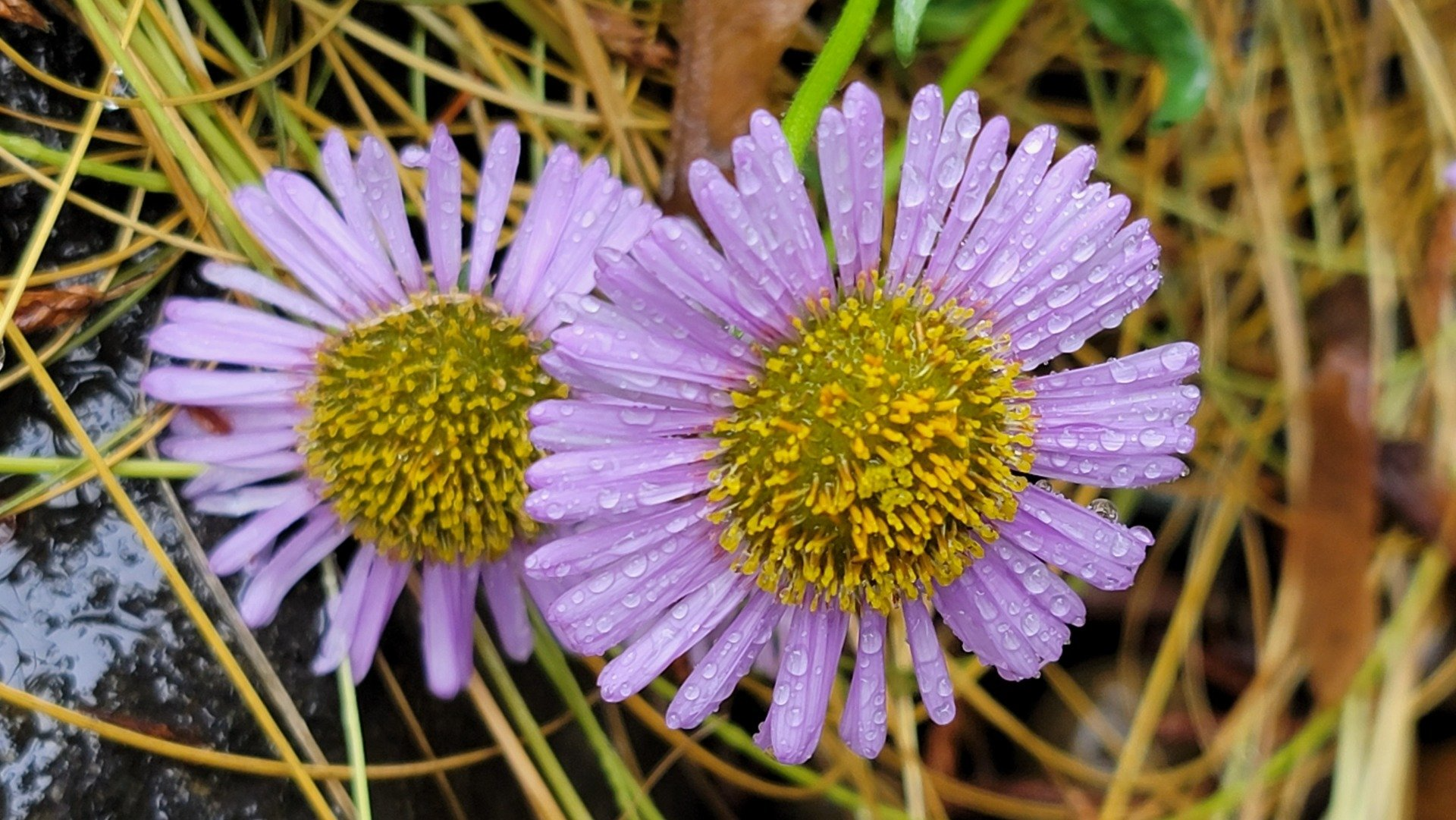
Erigeron glaucus: This cheerful native blooms all summer long. It's semi evergreen foliage spills over side walk edges and fills in spaces. One cultivar name for this flower is Bountiful and that perfectly describes its nature.
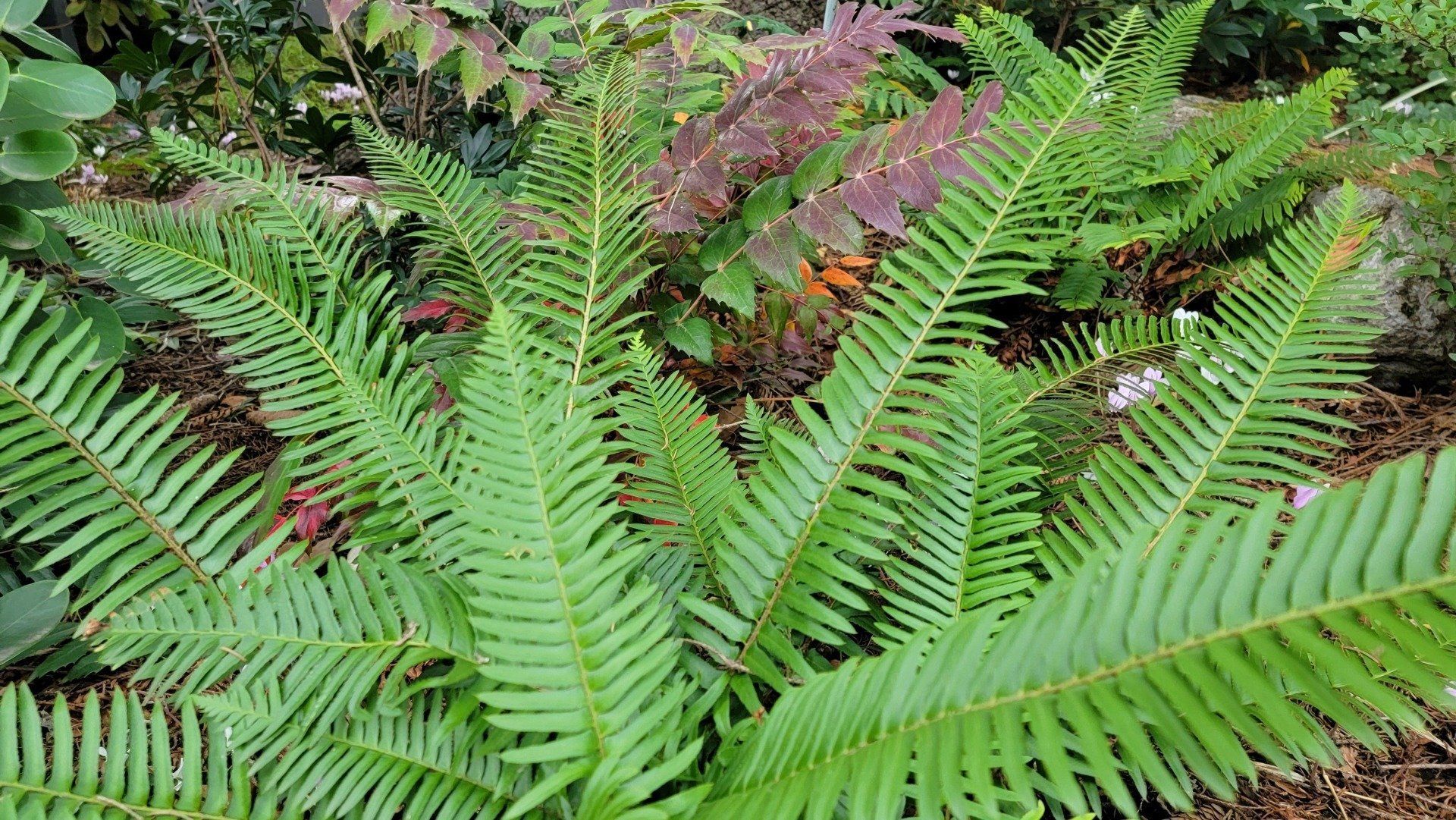
Polystichum munitum: If I was to get a tattoo to represent the Pacific Northwest I would ink a sword fern onto my arm. This iconic plant can tolerate a variety of conditions, particularly dry shade which we seem to have a lot of in Oregon. It colonizes and creates a lush understory in places few other plants would grow (I feel like there's an interesting metaphor in there somewhere). It needs minimal maintenance - one only needs to cut off the crispy brown foliage in the spring and watch the new fronds elegantly unfurl into glossy green abundance.
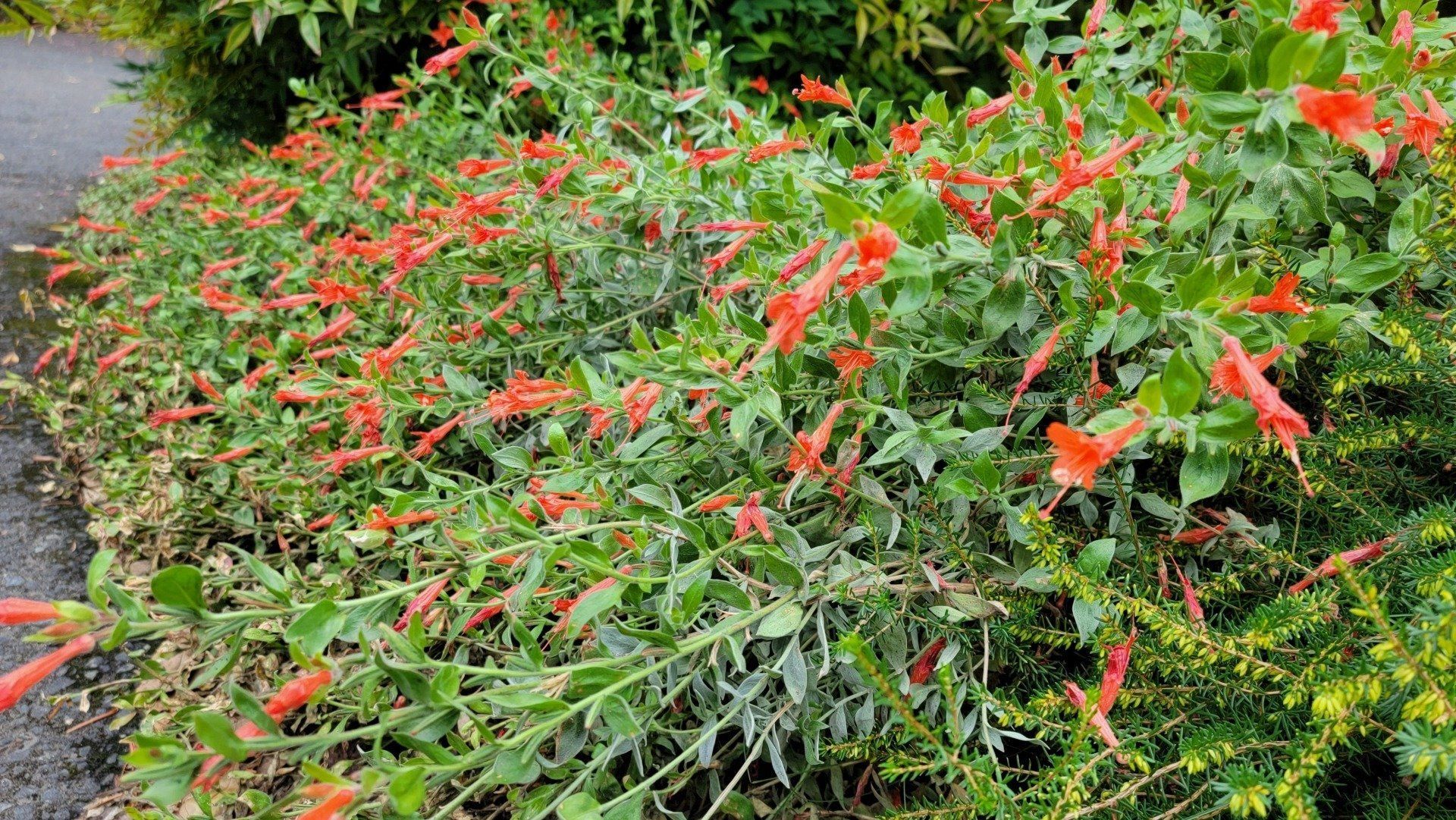
Epilobium canum: Known as a California Fuschia, this late summer bloomer explodes in a firework display of orange. The semi-evergreen silver foliage stands out among other plantings. This plant can thrive in a hot rock garden or up against the reflected heat of pavement.
